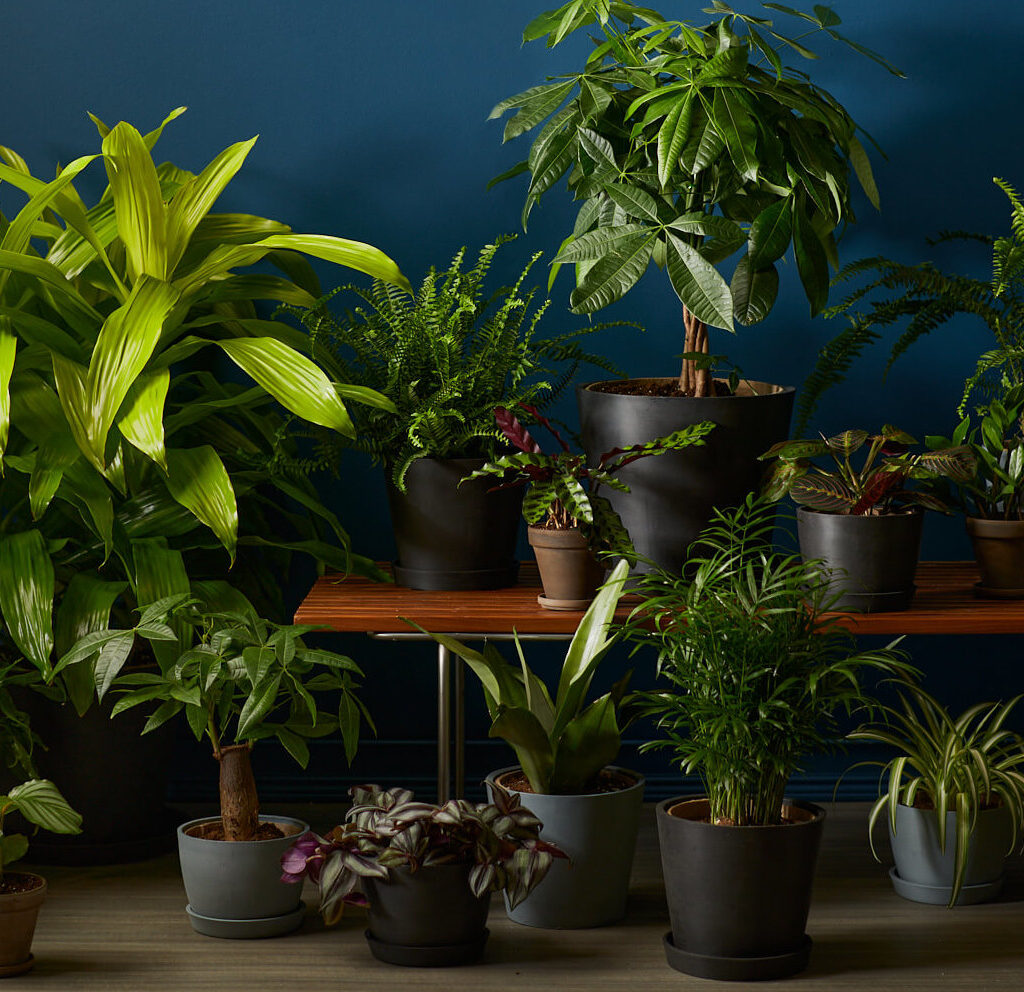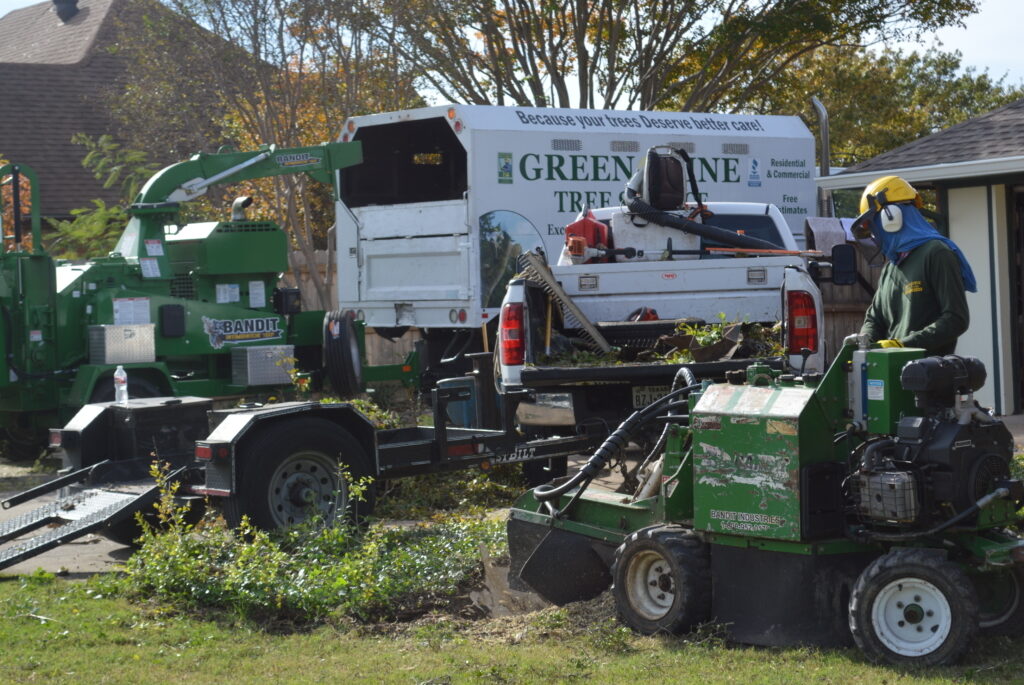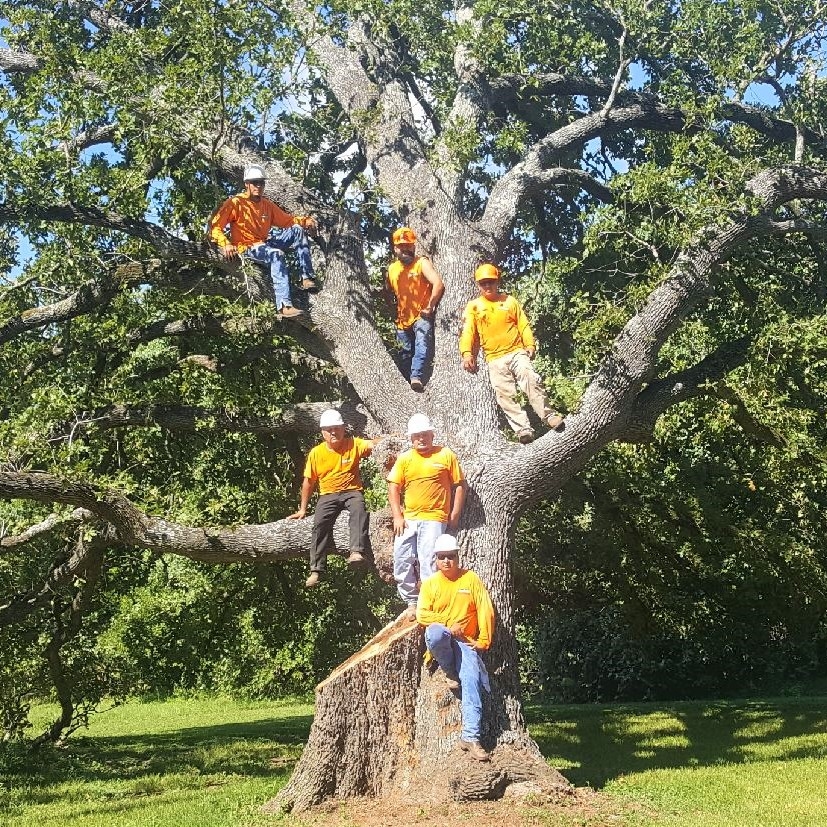Indoor Tree Plants Low Light
Indoor tree plants bring life, style, and a sense of calm into any home, even those that don’t get much natural sunlight. Not every space has bright windows or ideal sunlight for greenery, but that doesn’t mean you can’t enjoy beautiful plants. There are many low-light indoor tree plants that can thrive in these conditions, making them perfect for city apartments, offices, or rooms with minimal sunlight.
Benefits of Indoor Tree Plants
Indoor plants do more than just beautify your space; they can improve air quality, boost your mood, and even reduce stress. Many tree plants act as natural air purifiers, removing toxins and improving humidity levels. The presence of plants in your home can create a calming environment, making them great companions for a healthy and vibrant living space.
1. Purifying Air: Many indoor plants, especially larger tree plants, can remove harmful chemicals from the air. Common toxins like formaldehyde and benzene can be filtered out by indoor tree plants, helping to keep your home’s air cleaner.
2. Aesthetic Appeal and Stress Relief: The visual appeal of indoor tree plants is undeniable. They provide a natural focal point and bring a touch of the outdoors inside. Studies have shown that the presence of plants can reduce stress and anxiety, offering a peaceful environment.
3. Enhancing Home Decor: Tree plants are also great for enhancing your home’s design. They add height, texture, and color, acting as natural decor pieces that can complement a wide range of interior styles.
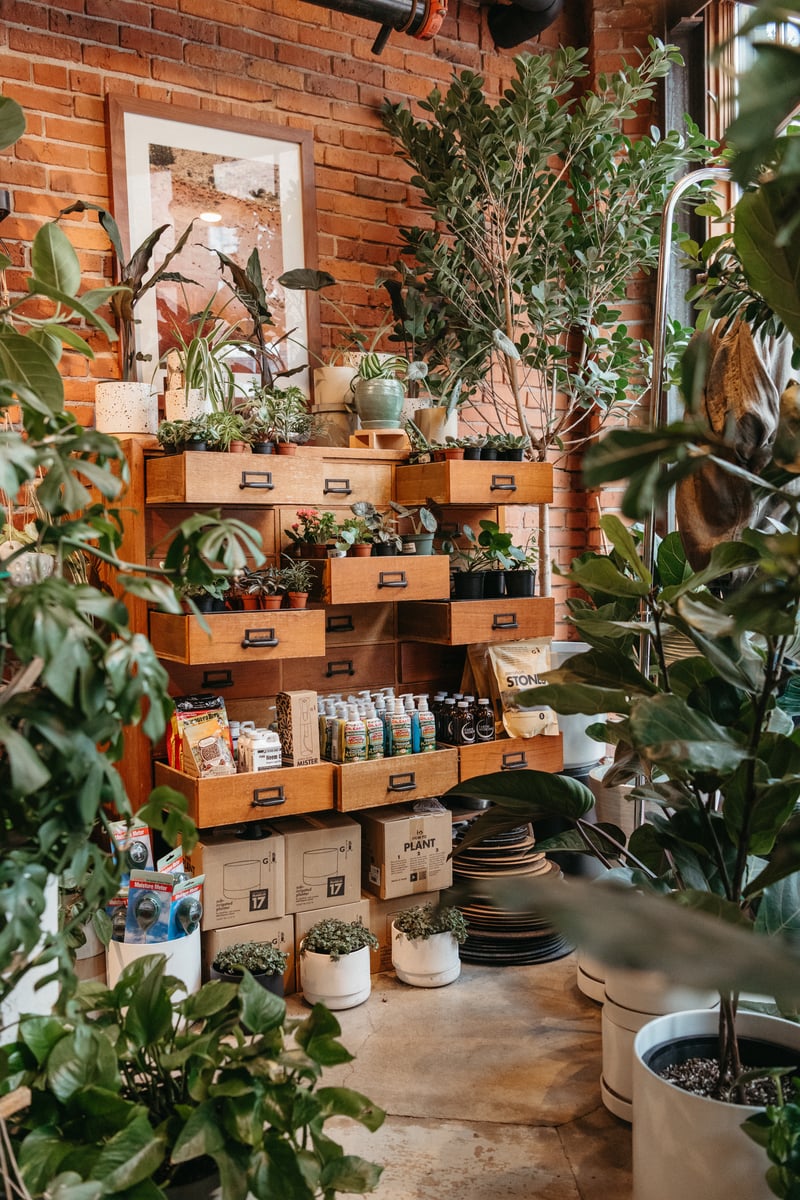
Challenges of Growing Plants Indoors
Growing tree plants indoors can be rewarding, but it comes with its own set of challenges, especially in low-light conditions. Understanding how to overcome these obstacles will help your indoor tree plants thrive.
Limited Light Conditions: Not all homes have bright, south-facing windows. Indoor spaces, especially in urban environments, often lack sufficient natural light, which can make growing plants more difficult. Choosing plants that can adapt to low-light situations is crucial.
Temperature and Humidity Concerns: Many indoor spaces tend to have controlled climates, which can sometimes be too dry or too cool for certain plants. Low humidity, especially in winter, can stress plants, leading to brown leaves or slower growth.
Care and Maintenance Considerations: Like all living things, plants need proper care to thrive. Indoor plants require regular attention, and factors like watering schedules, the type of soil, and pot sizes play a significant role in their overall health.
Top Indoor Tree Plants for Low-Light Conditions
Let’s take a look at the top tree plants that not only survive but thrive in low-light conditions.
1. ZZ Plant (Zamioculcas Zamiifolia)
The ZZ Plant is a low-maintenance, easy-to-care-for plant that is ideal for low-light environments. Its waxy, smooth leaves reflect light, making it an attractive addition to any room. The ZZ Plant is incredibly tolerant of neglect, and it can survive in very low light conditions, making it perfect for beginners or those with busy schedules.
2. Snake Plant (Sansevieria trifasciata)
The Snake Plant, often referred to as “Mother-in-Law’s Tongue,” is among the hardiest indoor plants available. It can tolerate a range of lighting conditions, including low light. Its upright, sword-like leaves make it an ideal plant for tight spaces, and it is known for its ability to purify the air.
3. Rubber Plant (Ficus elastica)
Rubber plants are known for their thick, glossy leaves, which can make a bold statement in any room. They tolerate low-light conditions but thrive best in indirect light. The key to maintaining a healthy rubber plant in low light is ensuring that you don’t overwater it.
4. Dracaena Marginata
With its tall, slender leaves and striking appearance, the Dracaena Marginata can add height and drama to your indoor garden. This plant is incredibly tolerant of low light, making it ideal for dimly lit spaces like hallways or corners that don’t get much sun.
5. Parlor Palm (Chamaedorea elegans)
The Parlor Palm is a compact, slow-growing palm that thrives in low light. It’s a great plant for tabletops, desks, or any small space in need of a splash of greenery. This palm does well with occasional watering and minimal direct sunlight, making it one of the best choices for low-light rooms.
How to Care for Low-Light Indoor Tree Plants
While low-light plants are generally easier to care for, they still need attention to thrive. Here are some key care tips:
Watering Requirements
Low-light plants typically require less water than their high-light counterparts. A frequent error is giving too much water, so it’s essential to inspect the soil before you water.
Soil and Potting Mix Tips
Use well-draining soil to prevent water from sitting at the bottom of the pot, which can lead to root rot.
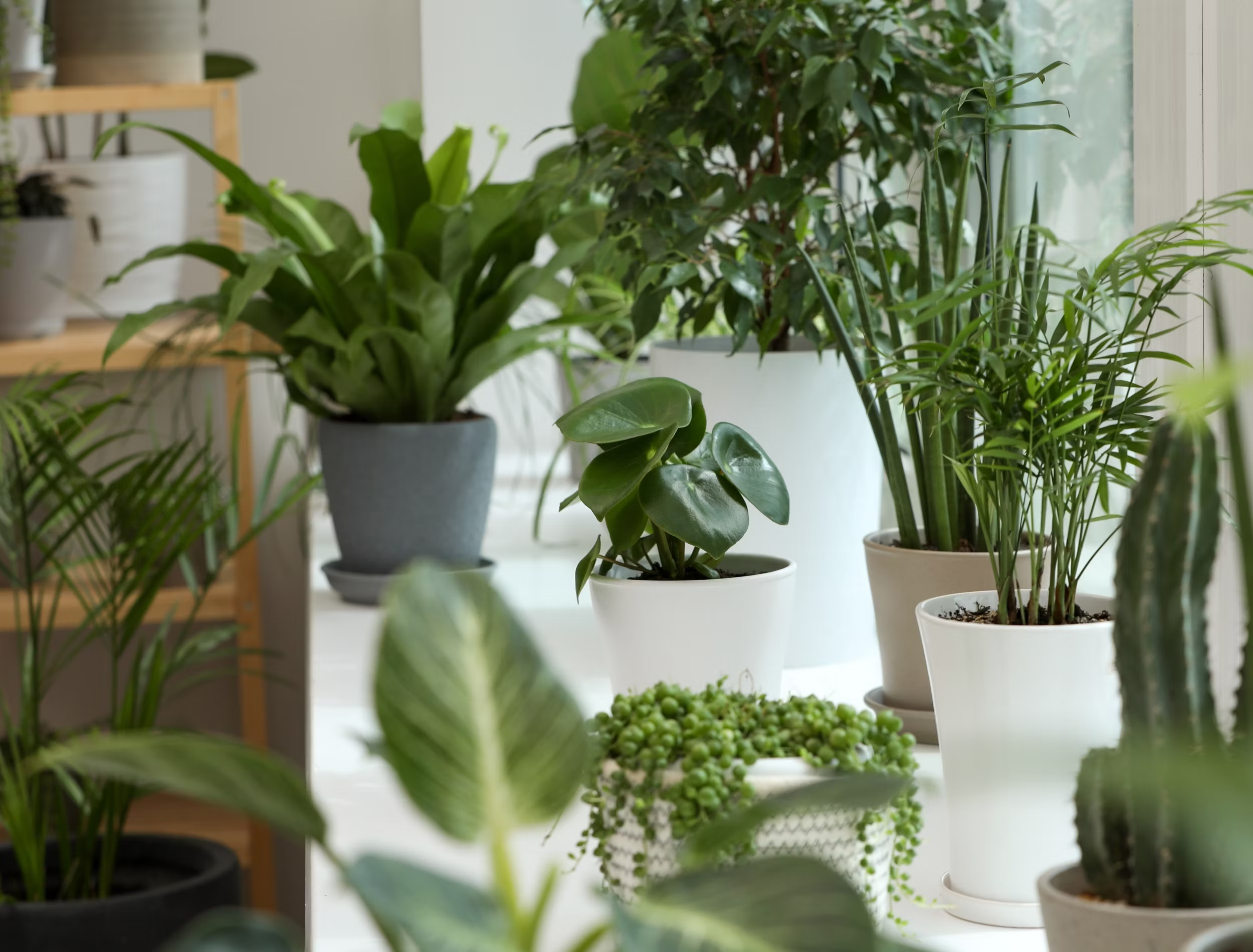
Common Mistakes When Growing Indoor Tree Plants
Even with plants that require minimal care, it’s still simple to make errors. Here are some common pitfalls:
Overwatering: One of the biggest killers of indoor plants is too much water.
Incorrect Lighting Adjustments: Don’t assume that all indoor plants need to be moved into brighter light. Many will do just fine in the shade.
Using the Wrong Type of Soil: Ensure that you use well-draining soil that is appropriate for indoor plants.
Tips for Creating the Perfect Environment for Low-Light Plants
Optimizing Humidity: Indoor plants, especially tropical varieties, benefit from a slightly humid environment. You can increase humidity by misting the plants or using a humidifier.
Rotating Plants: Occasionally rotate your plants to ensure even growth on all sides.
Artificial Light Options: If your room is particularly dark, consider using artificial grow lights to give your plants the boost they need.
Choosing the Right Plant for Your Space
Conclusion
Indoor tree plants that thrive in low light are perfect for anyone looking to add greenery to their home without worrying about sunlight. By selecting the right plants, providing proper care, and avoiding common mistakes, you can enjoy a vibrant indoor garden year-round.
